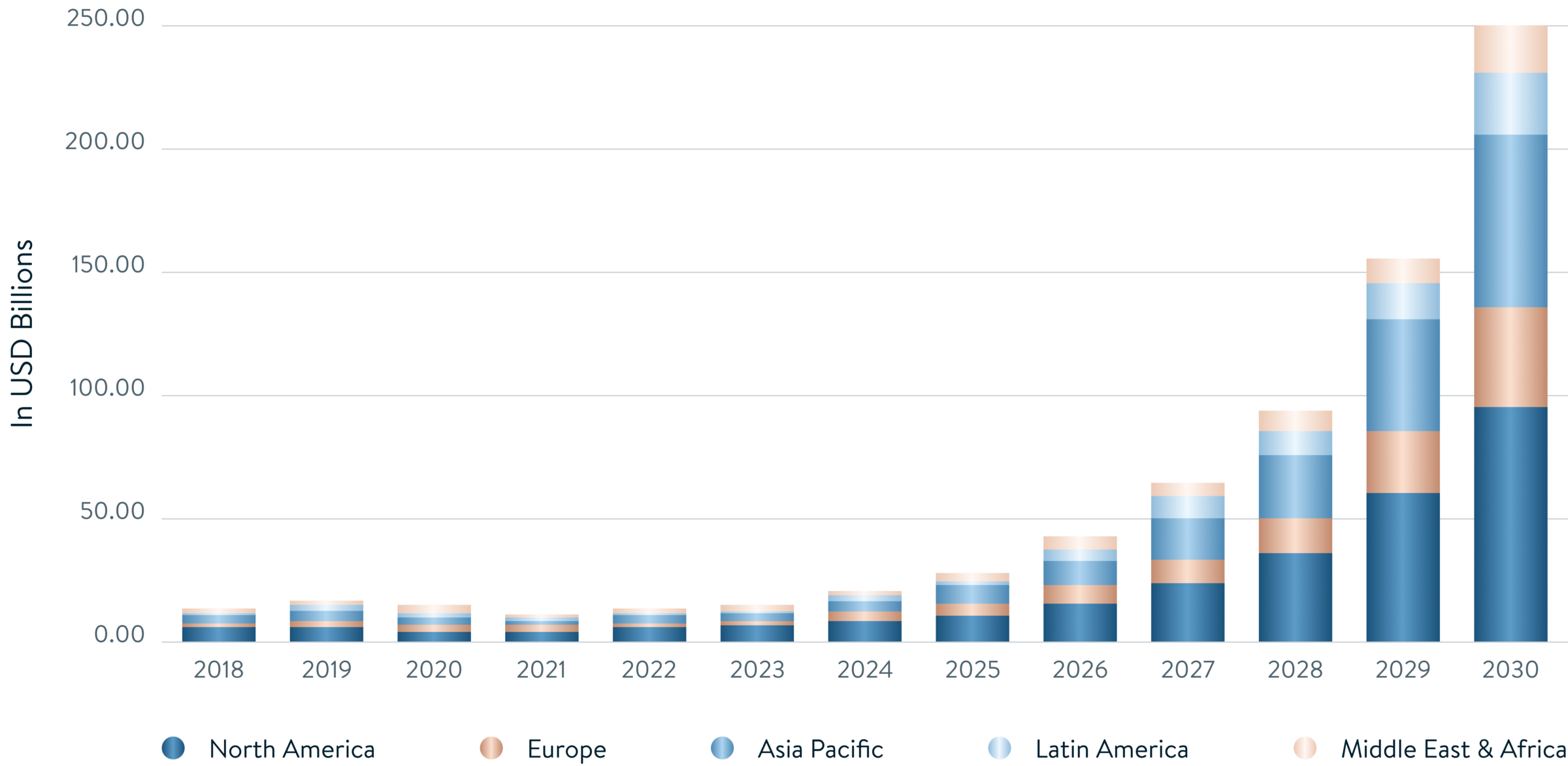Real estate crowdfunding capital stack
Before we break down the pros and cons of debt versus equity investments, it is important to contextualize how each of these plays a role in the capital stack, which relates to how the property deal is structured.
The capital stack for real estate is as follows:
- Senior debt;
- Mezzanine debt;
- Preferred equity;
- Common equity.
Debt investments receive distributions first, with senior debt topping the list. Typically, borrowers must make a monthly payment to avoid defaulting on the loan. The mezzanine is secondary to senior debt but is still an obligatory repayment. Targeted returns can vary depending on the level of leverage and risk involved.
Once debt investors receive their distributions, preferred equity investors are next in line to receive their shares. Common equity is at the bottom of the capital stack, meaning these investors get paid last, following debt servicing and preferred equity investors. Common equity investors receive distributions at the sole discretion of the owner or fund manager (the sponsor).
Capital stack flipped upside down from lowest to highest risk
Source: Financial Samurai
You may be wondering: Why have equity investors at all?
The answer is leverage. A property’s leverage is the total portion of its debt financing relative to its current market value. The advantage of leverage is that it can increase the potential return on investment. Take two investment scenarios for example:
A plan sponsor has CHF 10 million in equity to invest. Let’s say they put 50% leverage on a property, allowing them to buy a CHF 20 million property (CHF 10 million in equity and 10 million in loans). Either they put up the total equity investment themselves or raise CHF 5 million from individual equity investors. The latter option lets them invest only half of their own capital into the project.
Alternatively, the sponsor could also use that CHF 10 million (5 million in investor equity and 5 million of their own funds) and might decide to use 75% leverage to buy a CHF 40 million property.
For the second example, assume both properties experience the same 10% appreciation in value before the sponsor sells. Even though the first investor has a higher split (50/50), the investment amount is half that of the second investor. Consequently, the first sponsor would make a profit of CHF 2 million, while the second sponsor would make CHF 4 million, even with a 25/75 split after the sale of the property. The result is that the second sponsor makes more from the sale because the investment amount is much higher.
But what if the deal is not successful?
Higher leverage can result in higher returns, but by the same token, it incurs higher risk. This is where sponsors need to determine how to structure the capital stack, which will vary depending on their risk tolerance and goals.




